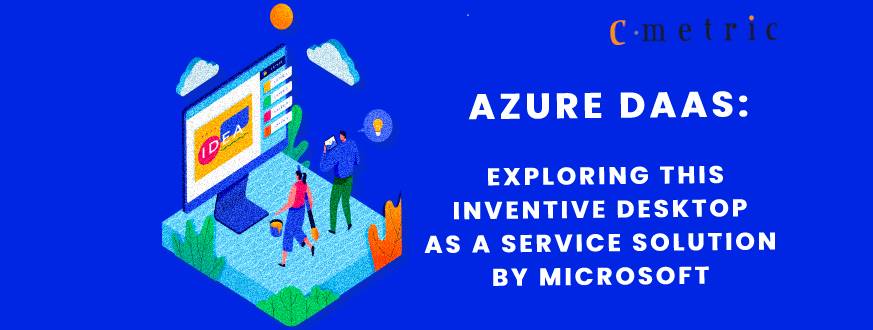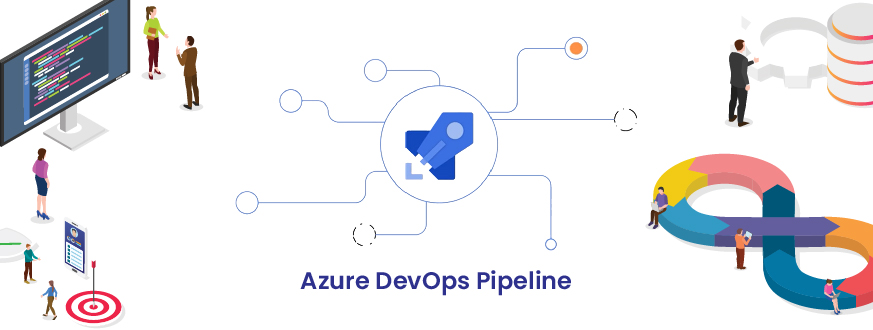Microsoft SharePoint is a Web application platform that allows you to share, organize, store, and access data from almost all devices. Despite its tremendous utility, SharePoint deals with some persistent myths about its application and profile. Let’s outline a few of them right away.
1. Just meant for collaboration and document management
This myth was totally spot-on for the earlier versions of SharePoint. However, Microsoft SharePoint 2007 integrated huge support for creating business applications including support for run times and for hosting complex Web pages in a site collection. With the entry of SharePoint 2010 and SharePoint 2013, these capabilities got refined. The latest versions include an app store where both third-party and internal developers can write codes in order to publish to SharePoint sites.
2. Not appropriate for creating accessible websites
In the earlier versions of SharePoint, there were notable accessibility issues. Nonetheless, the latest versions are rather much suited for delivering front-end content that is WCAG2 complaint.
3. Robust enough to run anything
Despite being a functional content management system, SharePoint is a hugely complex application to deploy for a front-facing website only. If someone has to host a website on SharePoint in the cloud, he/she is left with managing and implementing a hybrid SharePoint deployment that is a complex feature.
4. SharePoint sites are not up to the mark
SharePoint is a pretty powerful application to leverage Windows Server capabilities. So, one needs to incorporate right experience, attention, and capacity modelling to augment the performance of a website.
Is Microsoft SharePoint ready for the cloud? Voice your opinions!
















Get in Touch